Fall 2019 Seminar
Talks are 12:00 noon on Thursdays in Olin Science 268, unless
otherwise noted.
December 5, 2019
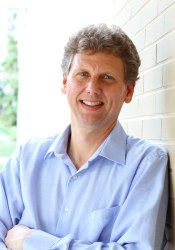
Atomic Clocks
Kurt Gibble,
Penn. State University
Abstract: Atomic clocks realize the most accurate measurements of any physical observable – determining the frequency of an atomic transition to 1 part in 10^18. I will give an overview of state-of-the-art atomic clocks and how they work. There are a number of interesting physics problems in current microwave and optical frequency clocks. Several involve the scattering of coherent superpositions of atomic states, including novel collisions of ultracold fermions in optical lattice clocks, using a microwave clock to precisely probe quantum scattering phase shifts, and frequency shifts related to the momentum of microwave photons. Because optical frequency transitions enable large improvements in stability and accuracy, a future redefinition of the SI second is widely anticipated. I will describe how we are able to count the cycles of light and some of the candidates for a future definition of the SI second.
Show/hide abstract.
Wednesday September 11, 2019
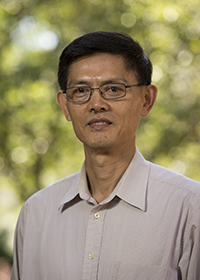
Cracking the nanophysics of oxide interface and heterostructures with ALL-Laser MBE
Abstract:
Advancements in nanoscale engineering of oxide interfaces and heterostructures have led to discoveries of emergent phenomena and new artificial materials. Combining the strengths of reactive molecular-beam epitaxy and pulsed-laser deposition, we show that atomic layer-by-layer laser molecular-beam epitaxy (ALL-Laser MBE) significantly advances the state of the art in constructing oxide materials with atomic layer precision. Using Sr1+xTi1-xO3 as example, we demonstrate the effectiveness of the technique in producing oxide films with stoichiometric and crystalline perfection. With the growth of La5Ni4O13, a Ruddlesden-Popper phase with n = 4 that has never been reported in the literature, we demonstrate that ALL-Laser MBE allows us to push the equilibrium thermodynamic boundary further. By growing LaAl1+yO3 films of different stoichiometry on TiO2-terminated SrTiO3 substrate at high oxygen pressure, we show that the behavior of the two-dimensional electron gas at the LaAlO3/SrTiO3 interface can be quantitatively explained by the electronic reconstruction mechanism. In LaNiO3 films on LaAlO3 substrate with LaAlO3 buffer layer, we observed the metal insulator transition in 1.5 unit cells, which is driven by oxygen vacancies in addition to epitaxial strain and reduced dimensionality.
Show/hide abstract.
October 10, 2019
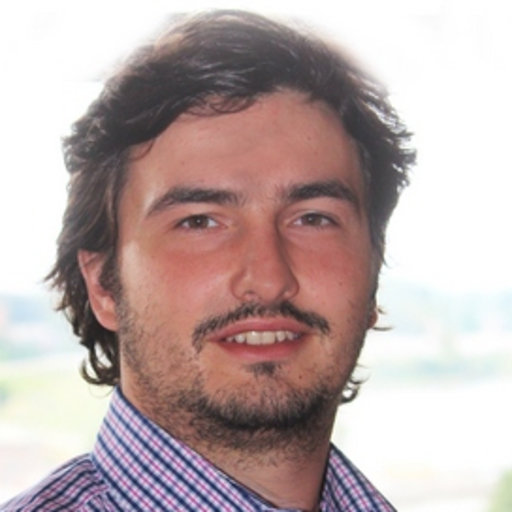
Quantum Gravity: why we want it, but don't have it yet
Abstract:
Quantum mechanics and general relativity have coexisted and developed in parallel since early 20th century. Almost from the start, many physicists understood that the two theories describe the world in mutually incompatible ways. Nearly a century of diverse efforts to bring gravity into the fold of the quantum theory of matter and its interactions has not yielded a successful quantum theory of gravity. In this talk I will highlight what I see as the strongest reasons for continuing to develop quantum versions of gravity today and discuss some of the most prominent obstacles standing the way. One such obstruction arises from the difference in the way the two frameworks treat “time”. In all successful quantum theories time is an external quantity not directly governed by their laws, while in general relativity time is very much part of the dynamical fabric of the theory– its rate of passage depends on the distribution of energy and matter. The last portion of the talk will focus on some of the conceptual and technical difficulties in “making gravity quantum” that arise specifically because of this difference.
Show/hide abstract.
October 31, 2019
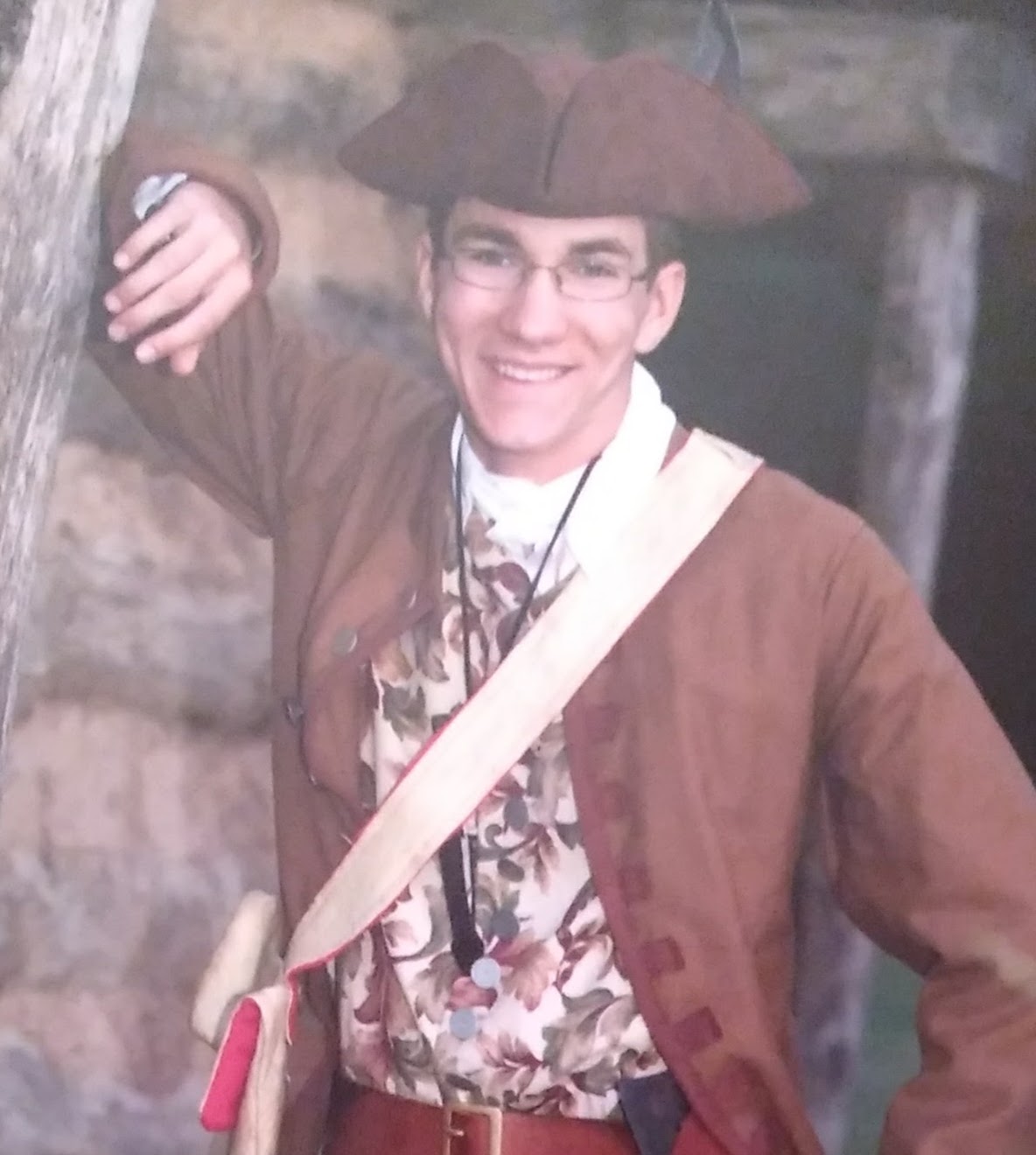
Alfven Waves and Oscillations in Coronal Brightnesst
Abstract:
The corona, the low density outer layer of the sun, can only be viewed during a solar eclipse. It has a temperature of over a million degrees kelvin, while the layer beneath is much cooler. Currently, the cause of this is not well understood. Alfven waves, which propagate on magnetic field lines, could explain this temperature differential. Theory predicts that Alfven waves with frequencies 0.01-0.5 Hz can heat the corona, causing an observable oscillation in its brightness. Using Fast Fourier Transforms of two image series taken during the 2017 solar eclipse, we searched for periodicity in coronal brightness indicative of Alfven wave heating.
Show/hide abstract.
-->
November 14,2019
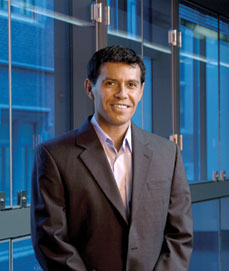
Life in Complex Fluids
Paulo Arratia ,
University of Pennsylvania
Abstract:
Life immersed in a fluid is nothing unusual for an organism. They cope and take advantage
of water or wind currents to move, feed, and reproduce. Many microorganisms (e.g.
bacteria, algae, sperm cells) move in fluids or liquids that contain (bio)-polymers and/or
solids. Examples include human cervical mucus, intestinal fluid, wet soil, and tissues.
These so-called complex fluids often exhibit non-Newtonian rheological behavior due to
the non-trivial interaction between the fluid microstructure and the applied stresses. In this
talk, I will show how the presence of particles and polymers in the fluid medium can
strongly affect the motility (i.e. swimming) behavior of microorganisms such as the
bacterium E. coli. For bacteria moving in particle suspensions of different (particle) sizes,
we find a regime in which larger (passive) particles can diffuse faster than smaller particles:
the particle long-time effective diffusivity exhibits a peak in particle size, which is a
deviation from classical thermal diffusion. A minimal model qualitatively explains the
existence of the effective diffusivity peak and its dependence on bacterial concentration.
These results have broad implications on characterizing active fluids using concepts drawn
from classical thermodynamics. For swimmers (E. coli and C. reinhardtii) moving in
polymeric liquids, we find that fluid elasticity can significantly affect the run-and-tumble
mechanism characteristic of E. coli, for example, as well as the swimming speed and
kinematics of both pushers and pullers. These results demonstrate the intimate link between
swimming kinematics and fluid rheology and that one can control the spreading and
motility of microorganisms by tuning fluid properties.
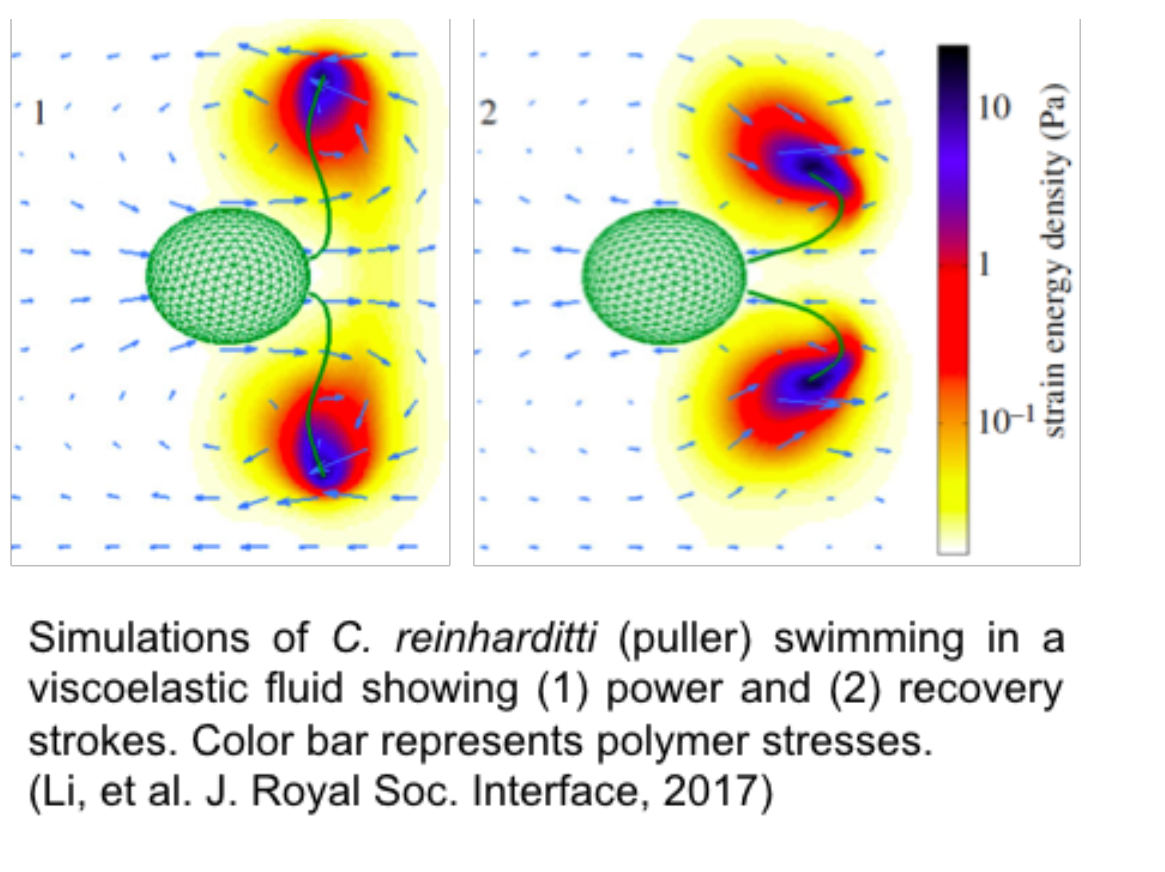
Show/hide abstract.





